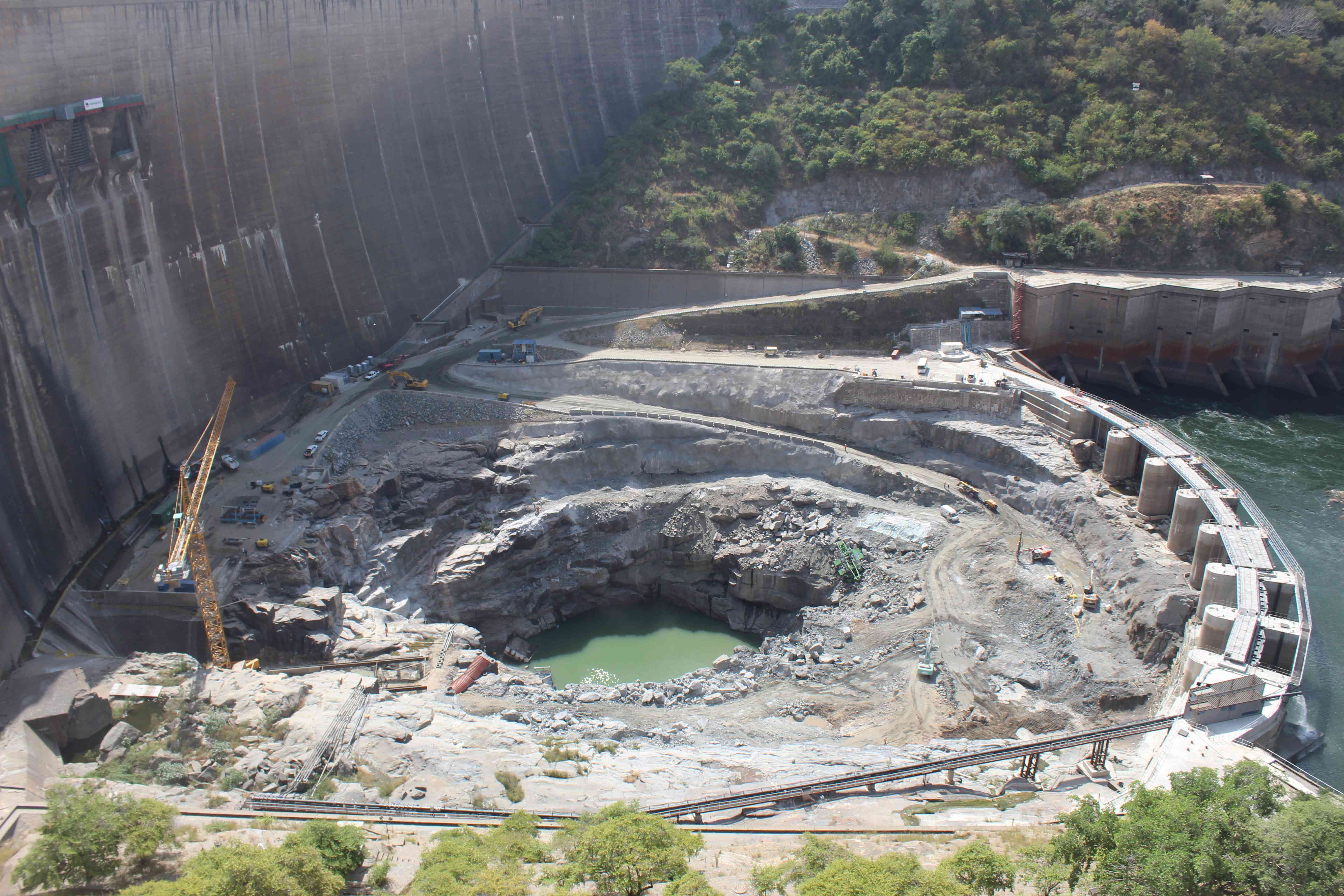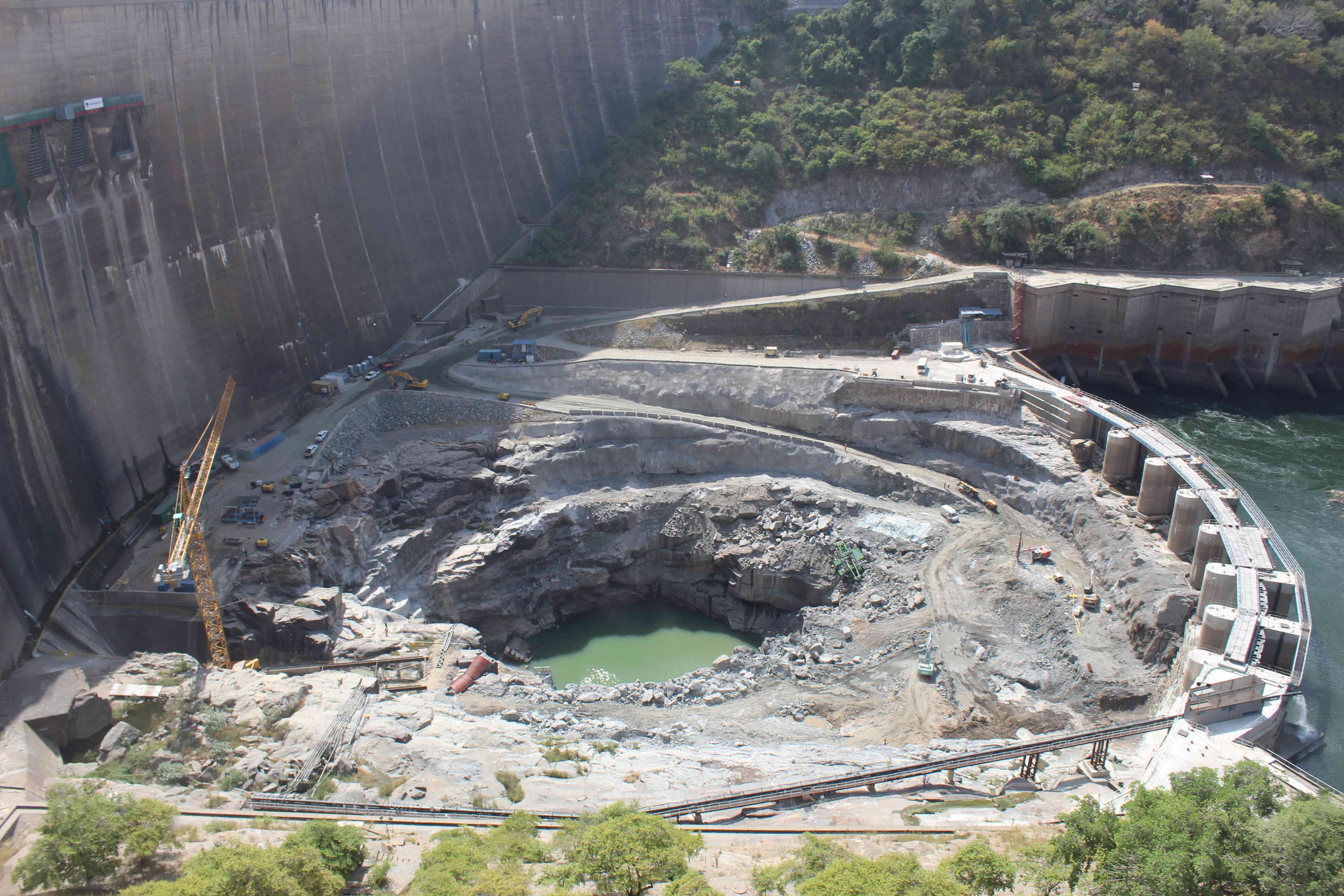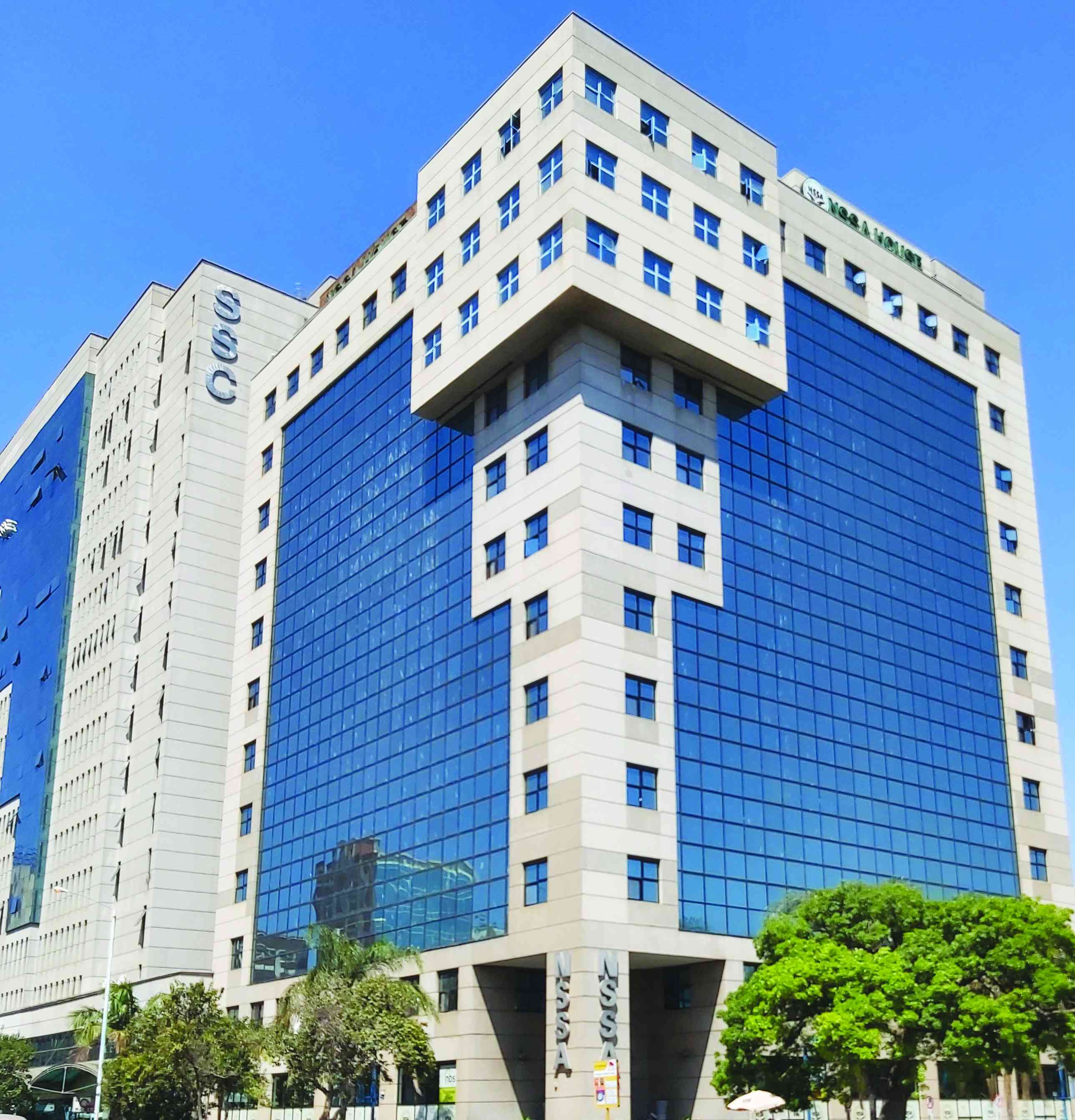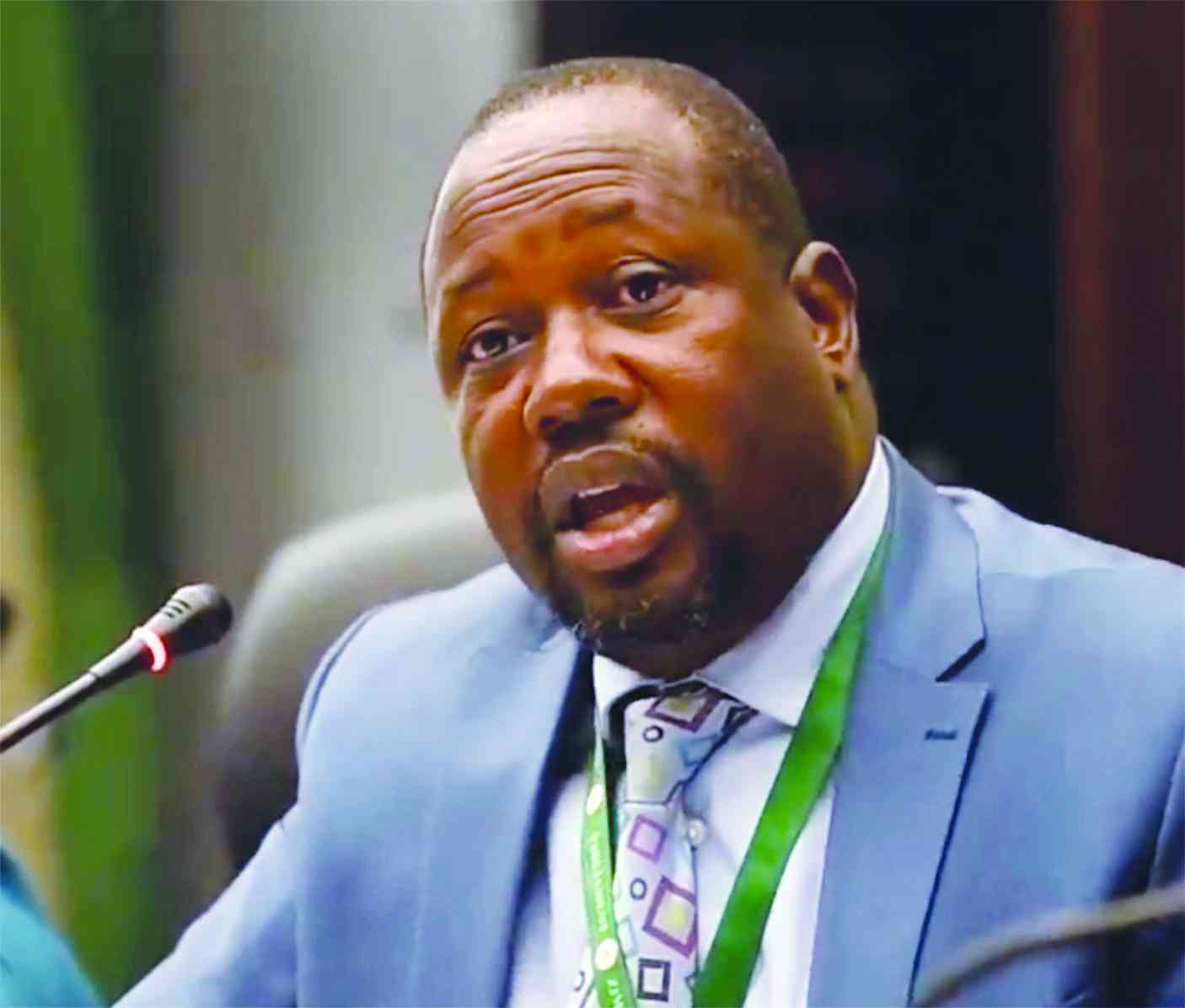
Nile River basin authorities — who manage — have acknowledged the Zambezi River Authority (ZRA) as having one of the best water pollution management strategies in the region.
During a tour of the Zambezi River basin last week, members of the Nile River basin said they would be deploying similar initiatives in an attempt to reverse pollution along Africa’s longest river, the Nile.
ZRA is an agency established by Zimbabwe and Zambia with the mandate to manage the Zambezi River basin shared by the two countries.

While there had been warnings over potential water pollution threats, the Zambezi River basin has generally been well managed, with minimal pollution.
Nile River basin authorities toured the Zambezi last week.
During the tour, ZRA made graphic illustrations to show how Southern African Development Community (Sadc) member states making up the Zambezi Watercourse Commission (Zamcom) had managed to ensure citizens enjoy access to safe water.
Zamcom, whose activities are guided by the Sadc Protocol on Shared Watercourses, has implemented safe water initiatives across the sub-continent.
- Little hope for Zim, Africa
- African leaders dying overseas expose cruel deception of independence
- Sadc must intervene on Zim crisis: SA
- Sadc meets over water, energy and food security
Keep Reading
The initiatives were on display during last week’s experiential learning tour by the Nile Basin Initiative (NBI).
NBI is an intergovernmental organisation comprised of 10 Nile Basin riparian states – Burundi, the Democratic Republic of Congo, Egypt, Ethiopia, Kenya, Rwanda, South Sudan, Sudan, Tanzania and Uganda.
These economies have a shared vision of promoting sustainable socio-economic development through the equitable utilisation of the Nile Basin’s water resources.
The tour was part of the Nile Cooperation for Climate Resilience (NCCR) project, which is supported by the World Bank through the Cooperation in International Waters in Africa (CIWA) trust fund.
The NCCR project aims to improve mechanisms for cooperation on water resources management and development in the Nile Basin to address water quality and pollution control challenges.
The Nile basin’s ecosystems play a fundamental role in the well-being of 272 million inhabitants, compared to 173 million people along the Zambezi Watercourse.
Speaking to the Zimbabwe Independent during the tour, which covered water quality management in Harare and Lake Kariba in Zimbabwe and Siavonga in Zambia, NBI officials said they were impressed by authorities’ commitment to preserve Sadc water sources.
NBI executive director Sylvester Matemu said there were lessons taken for implementation in their basin.
“When you compare the water quality in the Nile Basin to what we saw in Zambezi you will notice that member states are dedicated to ensuring that pollution is kept at minimal levels,” he said.
“On the Nile basin, there are areas where pollution has reduced water into brown substances. That is why we need to learn and execute what is being implemented by the ZRA to keep water sources safe and clean,” Matemu added.

He said the Sadc protocol on shared watercourses was handy in assisting countries to forge ahead with the programmes.
“The difference between Zamcom and NBI is the confidence shown by riparian states on the commission. I think this has been a major boost for the initiatives,” Matemu added.
He acknowledged efforts by Zimbabwe and Zambia in equipping ZRA technicians and water experts with knowledge and equipment to monitor water quality along the Zambezi.
“This builds the confidence of experts. As we witnessed, Lake Kariba is not affected by sedimentation while ZRA has successfully been dealing with challenges like the water hyacinth weed,” he told the Independent.
The fight against water hyacinth began with the establishment of the Environmental Monitoring Programme Working Group (EMP-WG).
The programme also included the biological monitoring programme and water hyacinth control and management plan for Lake Kariba.
According to NBI, environmental pollution causes habitat degradation, which in turn, leads to a loss of capacity within these ecosystems.
“Pollution and water quality deterioration within the Nile River Basin are attributed to increased industrial and agricultural activities, soil erosion, rapid urbanisation, and mining operations. This is demonstrated in the increased level of total suspended solids in various tributaries of the river,” NBI said.
Nile Basin Discourse water quality expert from Rwanda Rose Niyonkuru applauded how ZRA had successfully protected water sources from possible pollution.
“As water experts, we realised that there are a lot of gaps that need to be filled in the Nile Basin, especially in protecting the basin from pollutants,” she said.
Lake Victoria Basin Commission water resources management officer Simon Koding , a South Sudanese, said Zamcom programmes were successful due political will.
“We have come to appreciate the importance of participation of political players in such a programme which is backed by government-to-government participation. The next step is how we can engage the civil society network to complement government on related programmes. Transboundary water management systems are also important in making it easy for water quality monitoring between the riparian states,” Koding said.
Participants implored African states to improve their data-sharing efforts to complement the work they were doing in water systems management and quality control.
The Zambezi basin falls entirely in the Sadc region covering eight countries namely Angola, Botswana, Malawi, Mozambique, Namibia, Tanzania, Zambia and Zimbabwe covering approximately 1,4 million square kilometres.
Zamcom has also successfully launched the US$4,5 million Programme for Integrated Development and Adaptation to Climate Change in the Zambezi River Basin (Pidacc Zambezi) through funding from the African Development Bank.










